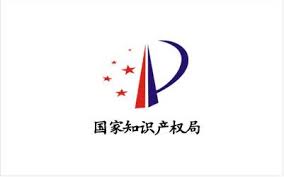Effective January 1, 2019, the Chinese Supreme People’s Court will form a new IP Tribunal to hear IP appeals, including patent appeals, from across the country. IP Appeals against the first-instance judge of the IP courts and Intermediate Court are no longer heard by the Provincial High Court.
The Standing Committee of the 13th National People’s Congress voted to pass the “Decision on Several Issues Concerning the Proceedings of Patent Cases” on October 26, 2018.
According to the Decision, the Supreme People’s Court shall hear the appeals from the parties who are dissatisfied with the first-instance judgments and rulings of intellectual property civil or administrative cases involving invention patents, utility model patents, new plant varieties, integrated circuit layout designs, trade secrets, computer software, monopoly, etc. The Supreme People’s Court may also order the people’s court at a lower level for retrial.
A national level IP appeal forum may unify and standardize the judicial IP enforcement, facilitate and protect scientific and technological innovation.


